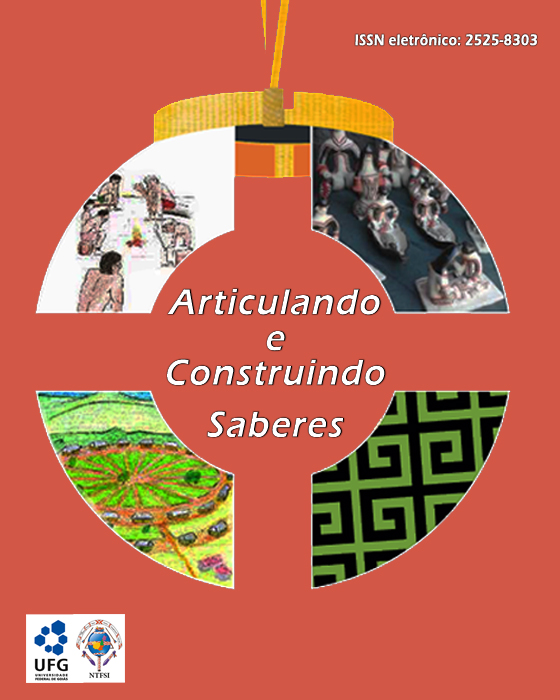Do cuts in Brazilian public education funding threaten indigenous languages? - Akwe-Xerente scholars discuss the role of the school in maintaining their language
DOI:
https://doi.org/10.5216/racs.v5i.63754Keywords:
Language vitality, Urban proximity, New technologiesAbstract
Abstract
This study presents the results of the research carried out in the Funil village - one of the territories belonging to the Akwe-Xerente people -, located at a distance of 12 km from Tocantínia, state of Tocantins. The initial research hypothesis,that also inhabits the collective imaginary of the Akwe-Xerente people, was that their language is threatened due to their proximity to the city and to the intensive use of new technologies. However, the hypothesis has not been confirmed. The students were able to conclude that a greater contact with the city or with new technologies resulting from contact with the ktâwanõ, does not necessarily pose a threat to the vitality of the Akwe language.
Downloads
Downloads
Published
How to Cite
Issue
Section
License
Authors authorize Articulando e Construindo Saberes to publish an article, if accepted, signing their contribution as original and not submitted to another publisher for publication. If accepted and published, Articulando e Construindo Saberes articles have a Creative Comons CC-BY license.




